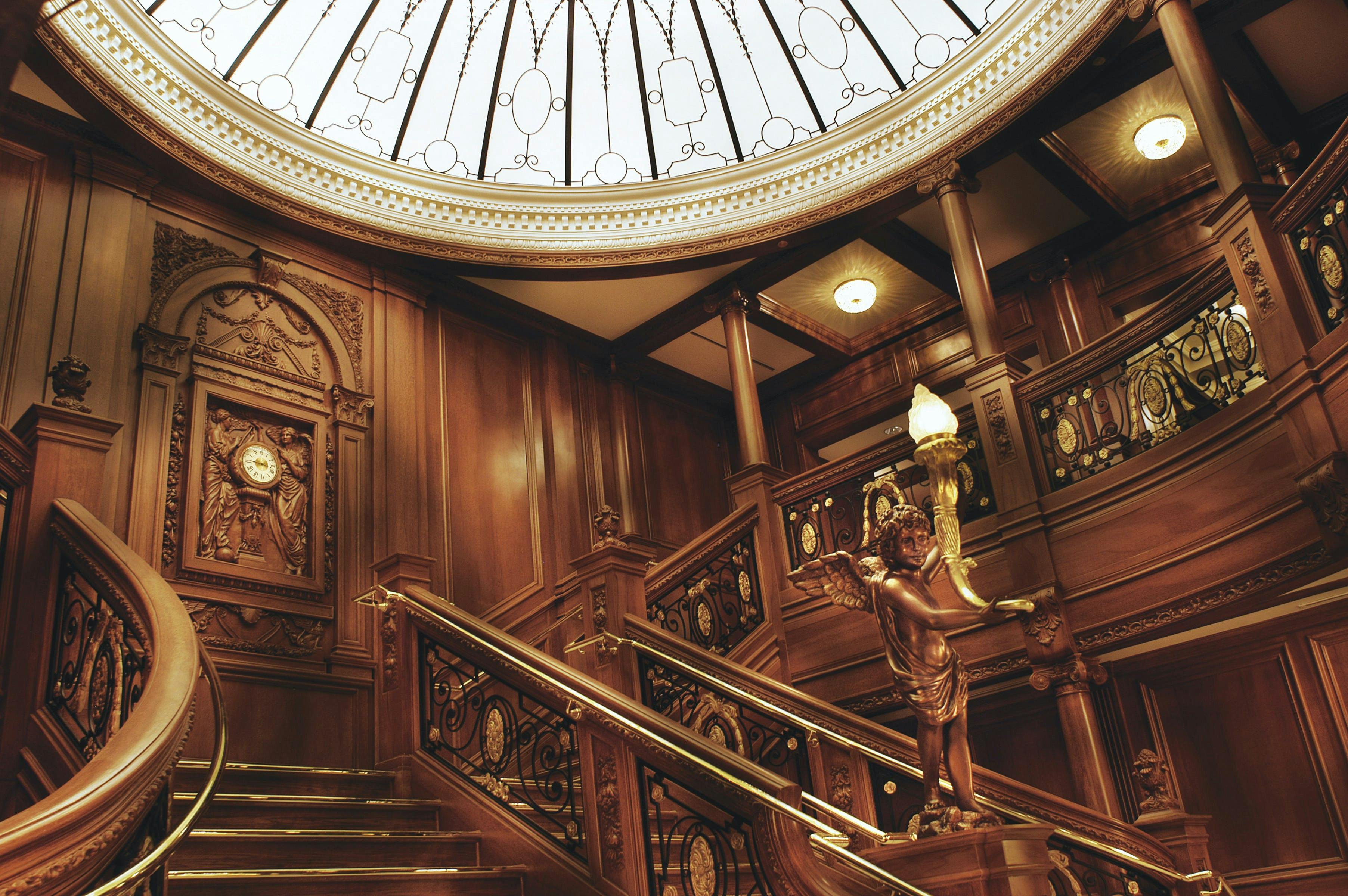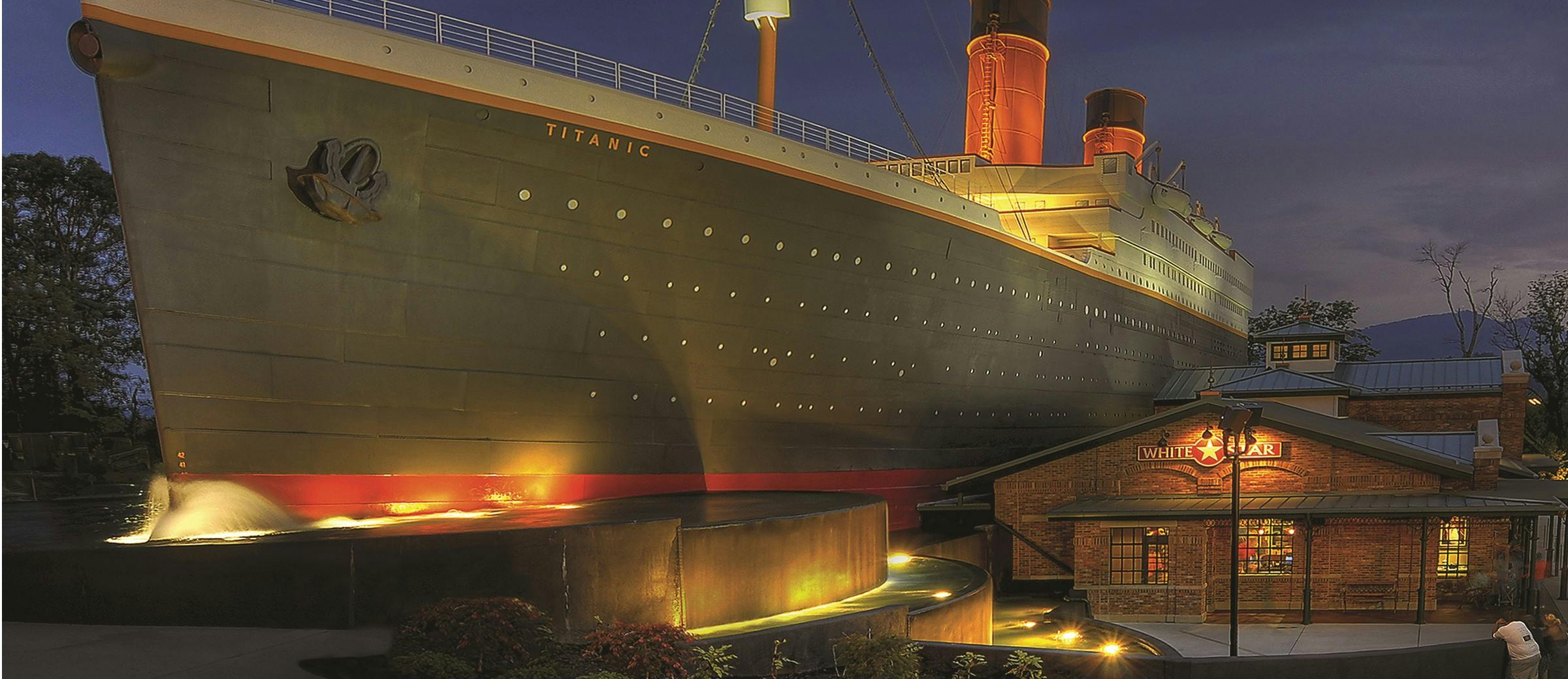The port of Cobh, located on the southern coast of Ireland, has a significant connection to one of the most famous maritime disasters in history: the sinking of the Titanic. Cobh, then known as Queenstown, was the last port of call for the Titanic before it set out on its fateful voyage across the Atlantic. The events leading up to the ship’s departure from Cobh, and the impact of the disaster on the town, have left a lasting mark on the history and culture of the region.
The Titanic arrived in Cobh on April 11, 1912, on its maiden voyage from Southampton to New York. The ship had already stopped in Cherbourg, France, to pick up additional passengers, but Cobh was its last port of call before heading out into the open ocean. The ship stayed in Cobh for several hours, during which time passengers boarded and local mail and cargo were loaded onto the vessel.
The Titanic’s departure from Cobh was a momentous occasion for the town. Thousands of people came to the port to see the ship, which was the largest and most luxurious vessel of its time. Many locals had family and friends on board, and the excitement of the occasion was mixed with a sense of sadness and uncertainty.
One of the most famous stories associated with the Titanic’s departure from Cobh is the tale of the nine men who got off the ship before it set sail. These men, who were all crew members, had signed on for the voyage in Southampton but had second thoughts about the trip. They disembarked in Cobh and were replaced by other crew members, who would later perish when the ship sank.
After the Titanic’s sinking on April 15, 1912, news of the disaster spread quickly around the world. The impact on Cobh was significant, as many of the crew members who perished were from the town and surrounding areas. The town also played a role in the aftermath of the disaster, as rescue ships were dispatched from Cobh to search for survivors.
Today, Cobh is home to several monuments and memorials dedicated to the Titanic and its passengers. The town’s heritage centre has a permanent exhibit on the Titanic, and visitors can take a walking tour of the town to learn more about its connection to the disaster. In addition, Cobh is still an active port, and cruise ships and other vessels frequently stop there, keeping the town’s maritime history alive.
In conclusion, the connection between the Titanic and the port of Cobh is a significant chapter in the history of both the town and the ship. The events leading up to the Titanic’s departure from Cobh, and the impact of the disaster on the town and its people, continue to resonate today. The town’s role in the Titanic story is a reminder of the power and importance of maritime history, and of the ways in which individual events can have a lasting impact on communities and cultures.











